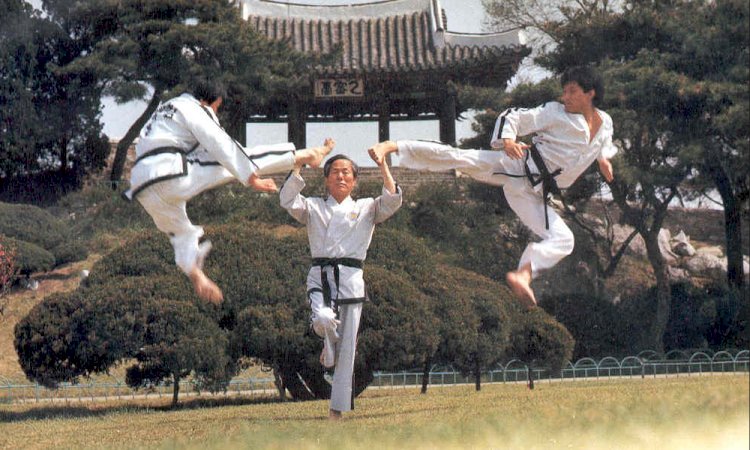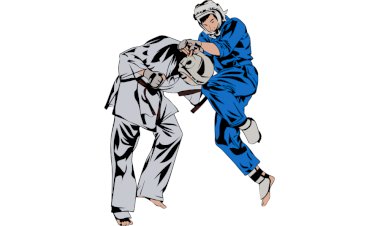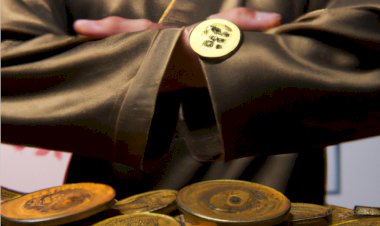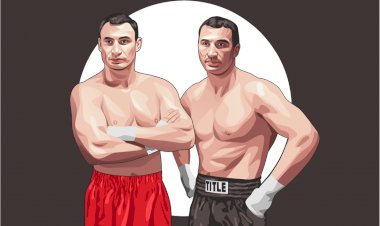An overview of the development of modern Taekwondo
Developed during the 1940s and 1950s, Taekwondo is a Korean martial art largely recognized by its emphasis on variety of different jumping, spinning and head kicks. It is one of the most popular martial arts in the world and the part of the Olympic Games since 2000s.

Name meaning: Tae Kwon Do (Korean)
Tae = Kick
Kwon = Fist punch
Do= way or method
Date of origin: Between 1940- 1950
Country of origin: South Korea
Combat elements: Fisticuffs, kicks with foot, foot sweeps and simple throws
Weapons in use: None
History and development
The earliest records of Korean oldest martial arts are dating way back during the Koguryo kingdom (37 B.C – 668 A.D), Paekje kingdom (18 B.C. – 600 A.D) and Silla kingdom (57 B.C. – 935 A.D.). During this time, young men trained and learned various unarmed fighting techniques like ssireum, subak and Taekkyon. These techniques helped them improving the physical strength and chances of surviving in a battle. However, during the Joseon Dynasty, many martial arts would fall into oblivion. Martial arts like subak and Taekkyon were allowed only for military purposes. As a result of these sanctions, only Taekkyon would proceed to the 19th century.
After the Second World War has ended, the newly established martial art school began spreading at the rapid pace all across Korea. These schools were named kwans and the founders were mostly the veteran Korean martial artist coming from the ancient Taekkyeon and Soo Bakh Do backgrounds. After the Japanese occupation of Korea has ended, these were the first five martial arts schools (kwans):
- Song Moo Kwan
- Chung Do Kwan
- Moo Duk Kwan
- Ji Do Kwan
- Chang Moo Kwan
But, with large numbers of schools teaching and employing the techniques in a different way, the need for unifying the kwans and standardizing the teaching methods began to emerge. Also, the South Korean president at that time Syngman Rhee was amazed by the martial arts demonstration of his officers Choi Hong-hi and Nam Tae-hi. The two performed a lot of styles but mostly Taekkyeon. As a resulted, the President wanted all of these styles to become a one fighting system and a main part of Korean military training.
Officially, the kwans have united in 1955 under the name Tae Soo Dol. However, the name would later be changed into Taekwondo. The word “Taekwondo” means the following: Tae – foot; Kwon – fist; Do – a way of
Four years later, the Korean General Choi Hong-hi founded the Korea Taekwondo Association (KTA) as the representative of the unified martial arts. However, many kwans were furious because the KTA was created around the single kwan (Oh Do Kwan) and their styles and methods of teaching. With his public popularity declining, Gen. Choi left the KTA and went on to establish the ITF (international Taekwondo Federation) on both Korean and Canadian soil.
As a result, many other organizations and unions began to emerge all across the country.
Different styles and Organizations
Although there are many Taekwondo styles, the differences between them are not that big. The major technical differences are around sparring rules, philosophy and the patterns practiced by each style.
Traditional Taekwondo (1946) – this style typically refers to the early days of the development of Taekwondo during the 1940s-50s. The traditional Taekwondo is still practiced today. However, instead of Taekwondo, they use different names like Tang Soo Do and Soo Bahk Do.
International Taekwondo Federation (ITF) style (1966) – this style is also known as a Chang Hon – style who actually founded the ITF. However, due to the political and other controversies, the ITF would separate into other federations many times in the future. One of the trademarks of this style is that the athlete’s center of gravity should be raised and lowered with the movement.
Songahm style (ATA) – When a former Taekwondo instructor at the South Korean military Haeng Ung Lee relocated to Omaha, the first martial arts schools began to emerge under the banner of the American
Taekwondo Association (ATA) Jhoon Rhee – Style (1970s) – Like Haeng Ung Lee, Jhoon Rhee moved to the US in 1962 and he founded a chain of martial arts schools in Washington D.C. At first, he would adopt the ITF style of Choi Hong-hi, but after many controversies, he went on developing his own style named Jhoon Rhee-style Taekwondo.
Kukki – style / WT – Taekwondo (1972) – In 1973, the Korea Taekwondo Association (KTA) changed the name of their central academy in Seoul to kukkiwon. With the government financial support, kukkiwon became the National academy of Taekwondo. To promote the new kukki – Taekwondo style, the KTA created the World Taekwondo Association (now just World Taekwondo).
Articles by Bushu.ch











